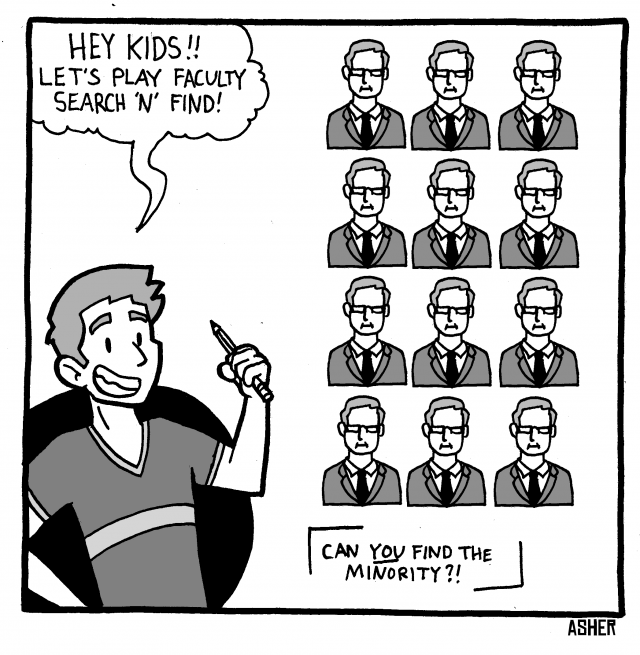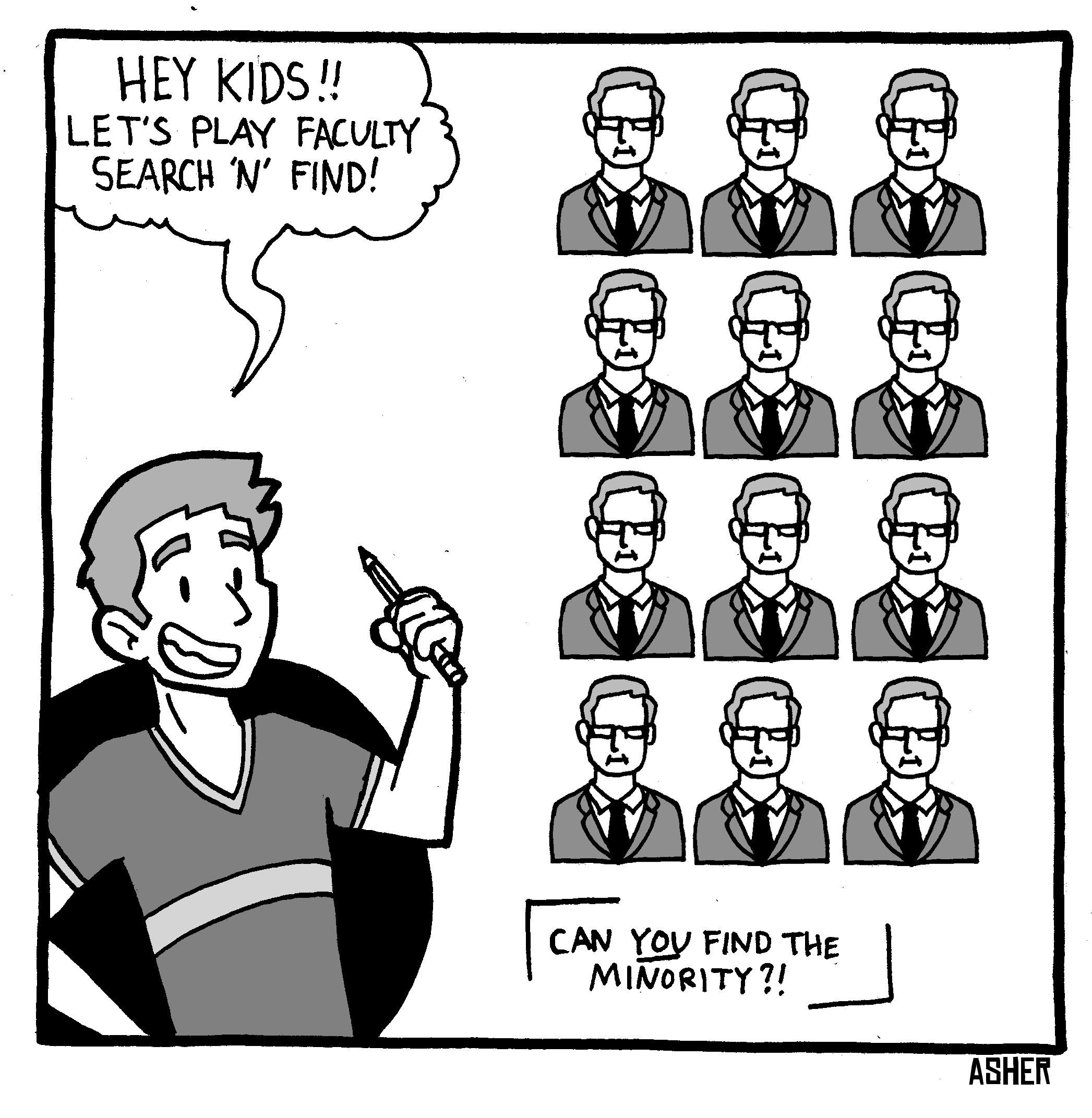 Baylor is a majority white school. Although the number of diverse students has increased over the years, there is still a lot of work to do when it comes to diversifying both the student body and the faculty.
Baylor is a majority white school. Although the number of diverse students has increased over the years, there is still a lot of work to do when it comes to diversifying both the student body and the faculty.
Because Baylor has a majority population of students of one race, potential students of other races often wonder if they would fit in. University advertisements do show a diverse mix of students and faculty.
However, just a walk through campus will show it is not as diverse as it could be. There are ways that the university can take strides to become a more diverse campus.
One of those could be hiring a diversity dean. This person would be responsible for all of the initiatives to diversify both faculty and student populations. All of the diversity efforts would fall into this person’s job description. This includes scrutinizing advertisements with pictures, quotes, etc., to ensure the different cultures and races at Baylor are well represented. This is not intended to mislead but instead to promote diversity.
Dr. James Bennighof, vice provost for academic affairs and policy, said a person who serves as a resource of diversity information on campus would greatly help departments as they start to diversify.
There are already several departments that are pushing for more diverse students and faculty. For example, the journalism, public relations & new media department has celebrated its diversity efforts several times over the past school year. In addition, it has set the example for other departments to follow suit.
The department has a journalism diversity committee led by Dr. Mia Moody-Ramirez. In the fall, the department became the first to adopt a diversity statement.
It states, “The Baylor Department of Journalism, PR and New Media is committed to a policy of inclusiveness, understanding and acceptance regardless of race, ethnicity, religion, disability, sexual orientation, gender and age.”
Even without a dean pushing for diversity, individual departments can take the initiative to reach out to more diverse, qualified people to work. This would help grow diverse faculty numbers.
In fall 2014, the Chronicle of Higher Education found that Baylor has the whitest faculty among universities with 700 to 1,000 faculty members. When students see a more diverse faculty, they are more likely to feel welcome and choose to apply and attend Baylor upon being accepted.
Baylor had a white faculty rate of 87.5 percent during fall 2014. Diversity rates are concerns all around the country, not just Baylor. Brown University recently decided it would doubles its “proportion of underrepresented minority faculty by 2025,” according to Inside Higher Ed. Nine percent of Brown’s faculty is an underrepresented minority, especially compared to the same student population at 20 percent.
In order to reach the goal of at least 18 percent underrepresented minorities by 2025, Brown is considering “creating a new postdoctoral fellowship program, in which early-career scholars who have finished their Ph.D.s within the last five years will be invited to work closely with Brown faculty members for two years, particularly on integrated areas of scholarship in the humanities and social sciences.”
Providing more opportunities for faculty members and potential faculty members to continue their education and research would bring in more diverse faculty as well.
Ball State University released a 50-page report in 2008 on how it planned to recruit, maintain and grow diverse faculty numbers. The plan recommends that each department have a diversity plan in place that is in line with the diversity plan from the university. This means that the university sets the standard and then the individual departments have a model to follow.
Baylor could easily start a plan similar to this. Some universities like Ball State are establishing task forces composed of a variety of faculty member who specifically examine the best way for the university to promote diversity. This would be a great starting point.
In addition, the university can take steps to ensure there are opportunities for students to interact with groups of students like them. Faculty members can also volunteer to help mediate these groups and ensure their success. This is something Baylor can promote in advertisements and recruiting for potential students as well.
The process of creating a more diverse environment seems circular. More diverse faculty leads to more diverse students. That can lead to more diverse interactions on campus, which in turn can attract more diverse faculty and students.
Ultimately, diversity needs to be promoted on campus. Baylor just needs a plan first.






